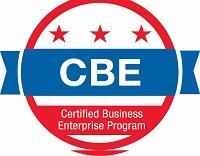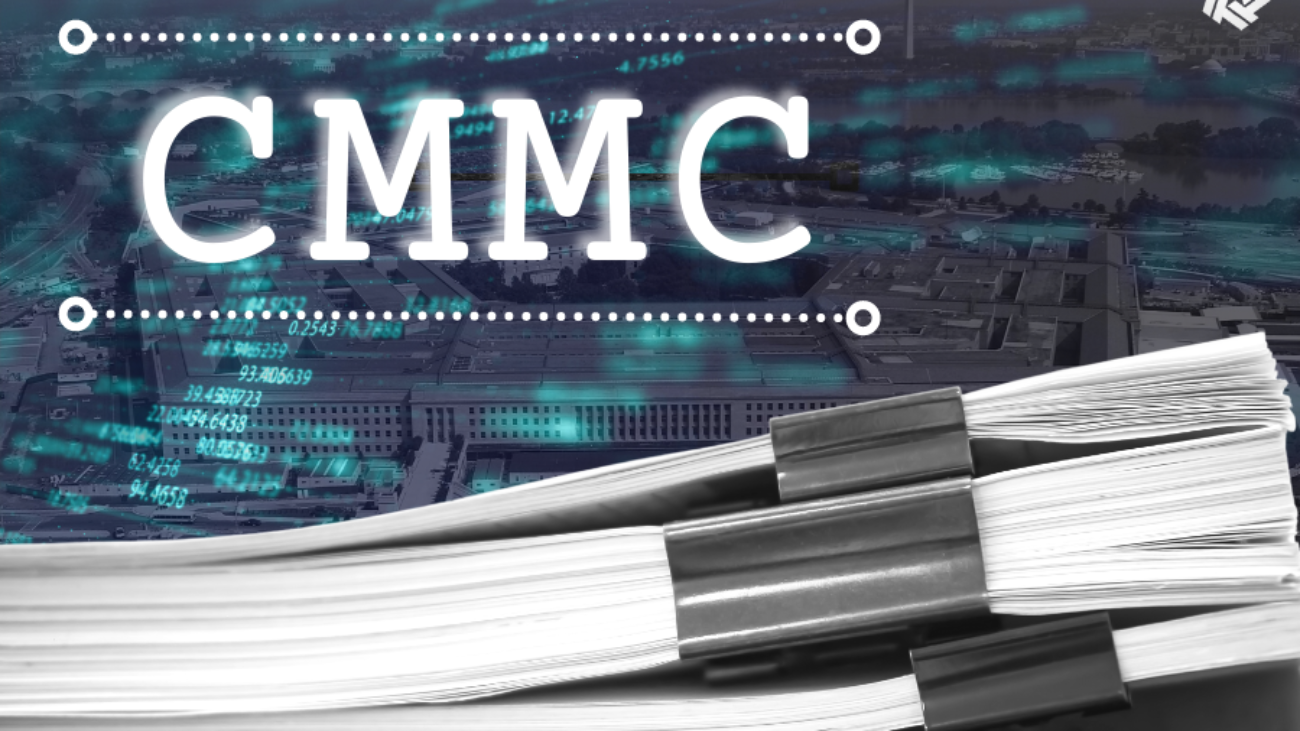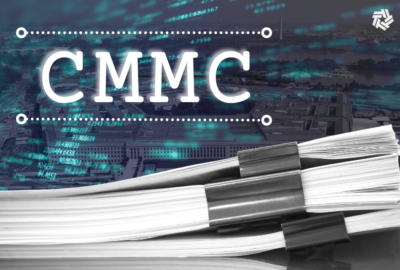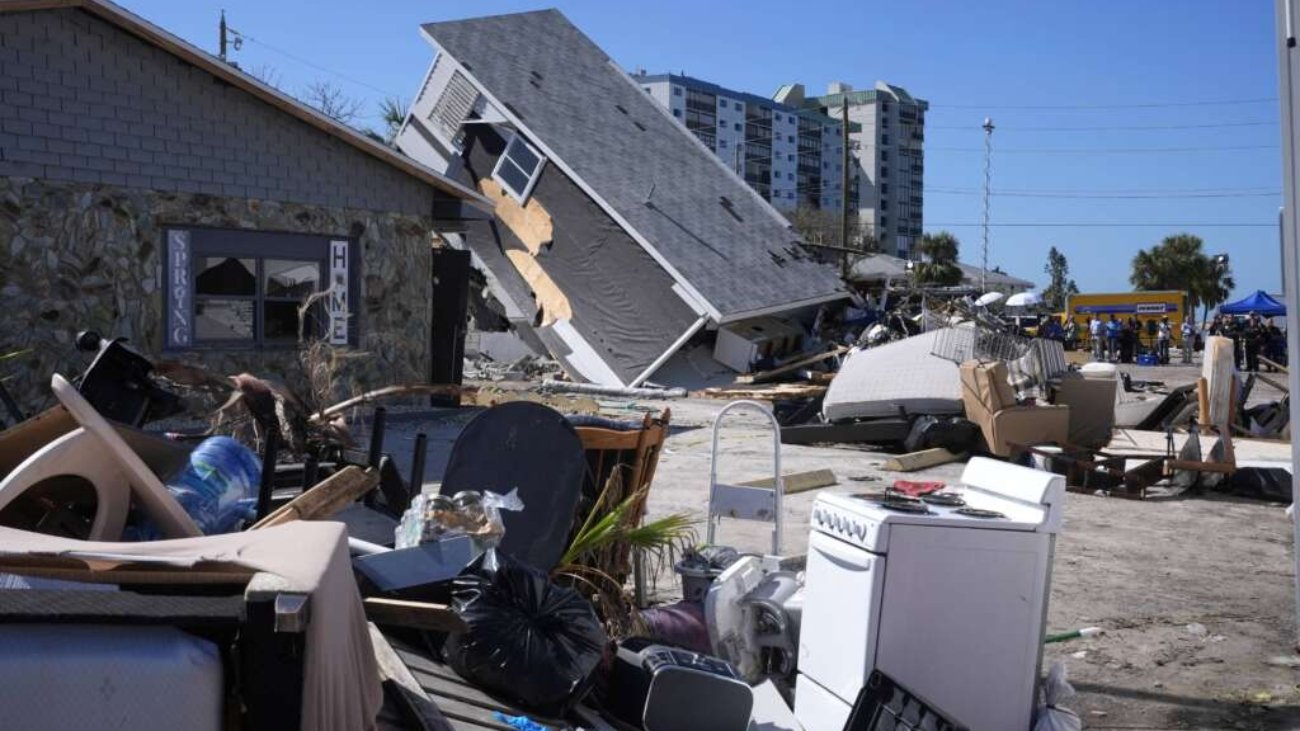The mission of the Army’s Space and Missile Defense Command hadn’t changed. It has grown more complicated with the advent of drone warfare and other threats. At this week’s Association of the U.S. Army Conference, the Federal Drive with Tom Temin got and update with commander Lieutenant General Sean Gainey.
Lt. Gen. Sean Gainey We have a global mission focused on, obviously, Army space and missile defense. My command is a dispersed command. My command is a global command, serves as the Army Service component command for U.S. SPACECOM, where we provide assigned forces via my 1st Space Brigade to SPACECOM. We also serve as the Army Service Component Command for NORTHCOM, where we provide [ground-based midcourse (GMD)] missile defense forces to protect the homeland. And I’m also the Army Service Component Command for STRATCOM, where we serve in that role with some of our various intel functions, but also in our full Army service component command. And within my command we have a tech center that develops prototyping in the space and missile defense arena. I have two Army capability managers that develop space capabilities and Army missile defense capabilities. And I also have a center of excellence where we do our own internal [doctrine, organization, training, materiel, leadership and education, personnel and facilities (DOTMLPF)] training education within the command. And I highlighted my subordinate brigade commands, 1st Space Brigade and the 100th GMD. And finally, last but not least, I also serve as the senior commander for Alaska and Kwajalein. So a very dispersed command, a lot of great mission sets and keeps me busy.
Tom Temin So if something came in over the air from North Korea, say, to Alaska, it becomes your responsibility.
Lt. Gen. Sean Gainey Yes, it does.
Tom Temin And just a quick question. I always wondered, especially reading about some of the recent drone incursions over U.S. bases that have occurred, that was reported, I think, in the last couple of days. And there are strictures against what we can shoot at over U.S. soil because of a lot of concerns. But you do have the authority to shoot down something incoming from another nation if it’s a missile, right?
Lt. Gen. Sean Gainey Yeah. And there’s there’s several procedures that are put in place, mainly NORTHCOM, the ability of the NORTHCOM commander. Anything that threatens the homeland falls within his purview. And he has the authorities and procedures working through the national command center and eventually through the secretary and the President to be able to execute as necessary.
Tom Temin All right. Let’s talk about some of the things you’ve been emphasizing here at the AUSA show. One is — and I’ve seen this in several instances – the Army needs to increase space capability. And maybe let’s talk the difference between capability and actually having the assets.
Lt. Gen. Sean Gainey Yeah, great. So as we all know, in the multi-domain fight, the ability of our adversary to degrade, deny, disrupt our ability to leverage space-based assets is constantly increasing. So as the Army continues to invest in how do we gain advantages in and through space, mainly from a terrestrial perspective, we are developing capability. We have capability that we fielded to our formations. We have capability that’s deployed right now executing our mission. So where we continue to focus as we’re listening to the warfighter as the capability we have out there. And we’re getting more tactical, more mobile, because as the threat evolves, we have to evolve also. And I talked to you about the advantage of having an internal [Science and Technology Division] through our tech center internal account. We’re able to invest in S&T, build prototypes, and then test it with my 1st Space Brigade or get it out to the multi-domain task force. To be able to move fast and transform in contact would take the capability we have now and make it better or add on to it to develop a better capability.
Tom Temin And by the way, do you use the [Small Business Innovation Research] mechanism to do some of that science and technology development?
Lt. Gen. Sean Gainey Yes. So we leverage all available opportunities out there to be able to rapidly develop that capability out there to our force. So whatever that mechanism is we can leverage to use, we look to leverage it.
Tom Temin So it sounds like relative to, say, 20 years ago, you used space assets routinely to help in the missile defense domain or operation. But now it is the assets in space themselves that used to be taken for granted that you have to worry about.
Lt. Gen. Sean Gainey Yeah, so I was talking to my aide – glad you brought that up – prior to coming in here, we were talking about space and my missile defense side gets a lot of publicity because you can see it. You can see the missiles coming in and you can shoot the missiles down. And so everybody understands it’s important. It’s hard to understand the importance of space. And so we had a little dialog and I go, I understand the importance because I remember when I was a lieutenant, we didn’t leverage space as much. So if we had a satcom phone or an iridium phone, we could pick it up, it was like the golden egg, and we could talk all over pretty much the world with it. And when we got auto emplacement into our systems leveraging GPS so you didn’t have to manually emplace a system, we – this is a game changer. So we appreciated the space asset. Now, the generation now, it’s, I don’t want to say it’s taken for granted, but this is the way it is. And they really don’t see it a different way. So when you introduce a disrupted, denied, degraded environment, it’s not until then do you really appreciate what has to be done to gain advantage to protect our equities with space. So you’re right. Over the years, you can see that vast change in improvements for the good. But what happens if that good is degraded or taken away? And that’s where we come in to try to ensure that SPACECOM’s motto is “Not a day without space.” So that’s what we try to uphold.
Tom Temin All right. So the Army’s space vision, then, how would you summarize it?
Lt. Gen. Sean Gainey The space vision is to do exactly what you highlighted up front. And what I highlighted is to build the knowledge and the expertise inside of the formation up and down, from Army senior leaders all the way down to the tactical warfighter. And so all of our soldiers, leaders, formations truly understand how to employ space capabilities and how do we integrate it down to the tactical level. So we see those advantages and our soldiers understand those advantages. All of our soldiers, our players, not just the space formations, but everybody on the battlefield is a player within space because they understand it and know how to operate it.
Tom Temin We’re speaking with Lieutenant General Sean Gainey. He’s commander of the Space and Missile Defense Command. We’re here on the noisy show floor of the Association of the U.S. Army with some videos running in the background. So we’re not really being fired at. And in the missile domain itself, let’s take space operations and space control for granted for a moment. What is changing in what it is we need to defend against in the missile? My main question is, what about drones? Is that coming into the missile? I mean, that seems to be the emerging threat.
Lt. Gen. Sean Gainey So first of all, that’s a cool video you were just talking about where it showed exactly that; it was showing one of our Stryker vehicles, our Sgt. York [a self-propelled anti-aircraft system] with the stinger pods on it, maneuvering, taking down either drones or helicopters or whatever.
Tom Temin Of course, that’s an animation, so let’s hope it can really do it.
Lt. Gen. Sean Gainey It is cool animation, it’s pretty pretty high speed. But my previous job, prior to being a commander of Space and Missile Defense Command, I worked for, I was the director of the Joint Counter-[Unmanned Aircraft Systems (UAS)] office. So I got to see this problem set up near and dear and close. And the change in warfare has really impacted on how we modernize air and missile defense moving forward. We can no longer focus on a certain threat in a certain direction. We now have to think we’re under constant surveillance. We have to employ a 360 degree approach, layered, all integrated into a common [command and control (C2)], whether we’re going after missiles, whether we’re going after helicopters or we’re going after drones. The drone warfare has completely changed that because if you look out now, you can see where anybody can buy them. They can buy several of them and they can try to saturate your ability to defend, pretty much change the calculus on the battlefield. So we as the Army are moving out. Our modernization strategy accounts for drones through advanced tactical ballistic missiles and cruise missiles. And we’re moving forward, all integrated in our integrated battle command system to be able to layer capability, current capability and future capability like lasers, high powered microwave, all integrated into a common C2 to be able to deliver the effects we need on a complex battlefield of today.
Tom Temin Right. Because the effects you need are at something that is lower and slower basically than traditional missiles that might come from Russia.
Lt. Gen. Sean Gainey Correct. And that’s the new approach. The previous approach was to focus on those more advanced threats and not have a lot of focus. So within Space and Missile Defense Command, we’re moving out. We’re updating the 2012 Air and Missile Defense Strategy and the 2015 Air and Missile Defense waypoint to the strategy and a 2028 vision to really focus in on taking the transformation we’re doing, how we’re fighting today, but how we have to be able to fight in the 2040s to not only get after these complex threats of today, but the emergent threats that we see out there. So keeping our eye on the ball in the future while attacking the problem that we see today.
Tom Temin All right. And then you’ve got a workforce of uniforms and civilians and the command, the Space and Missile Defense Command ranked well in the Best Places to work. So what do you do to keep that aspect up?
Lt. Gen. Sean Gainey Just try not to screw it up. No, no, we have a great, great organization. And I’m very fortunate, we have great leaders within the branch and we have great leaders that came before me. General [James] Dickinson, [Lt. Gen] Dan Karbler, who commanded that organization before me, highly respected.
Tom Temin And who have stood on this show floor with me before you.
Lt. Gen. Sean Gainey Highly respected leaders, built great cultures and built great teams and really is just try to continue doing what they did. And that’s create a work environment where everybody feels empowered. Everybody feels valued and everybody feels part of one team.
Tom Temin And being far from Washington must help, too.
Lt. Gen. Sean Gainey Huntsville’s a great place to live.
















